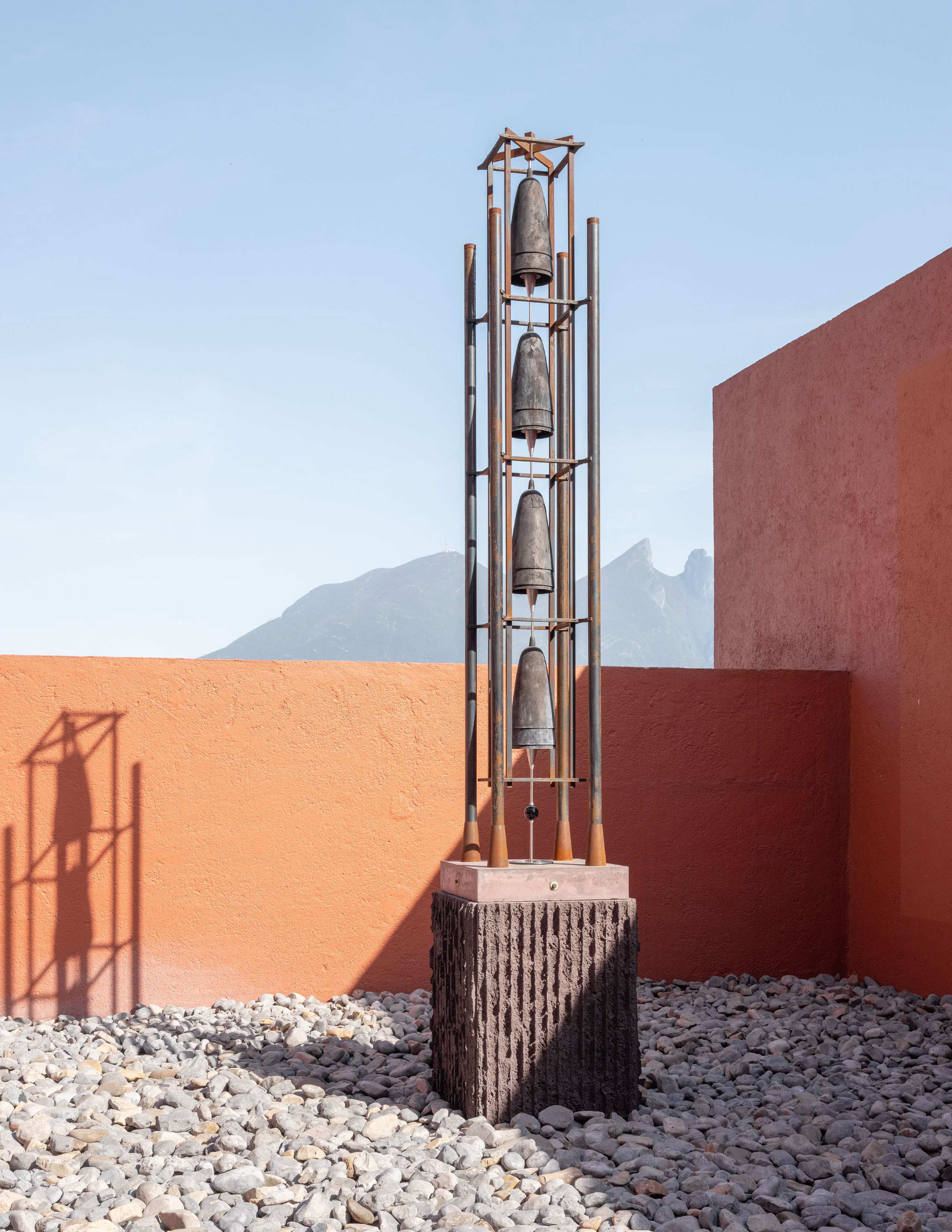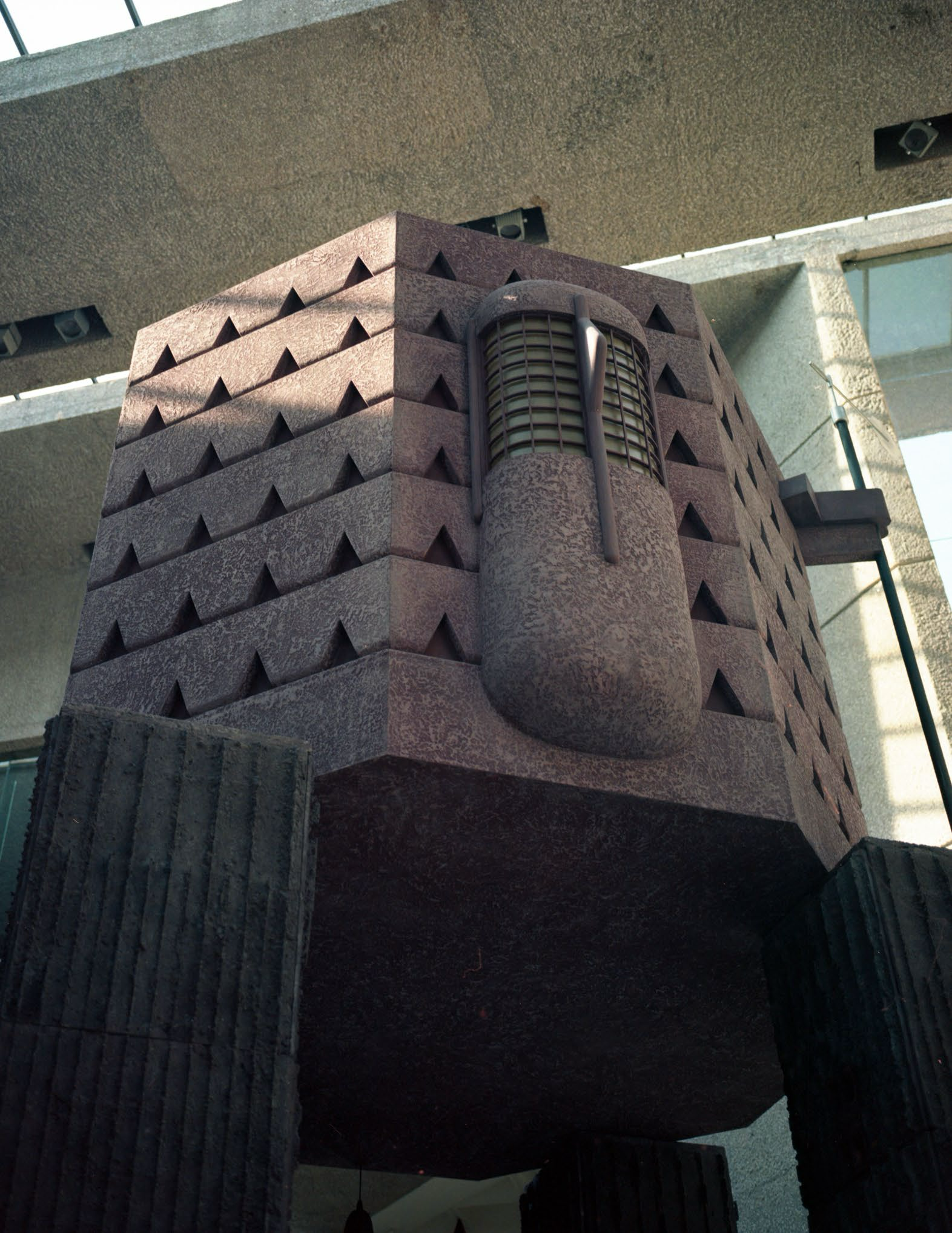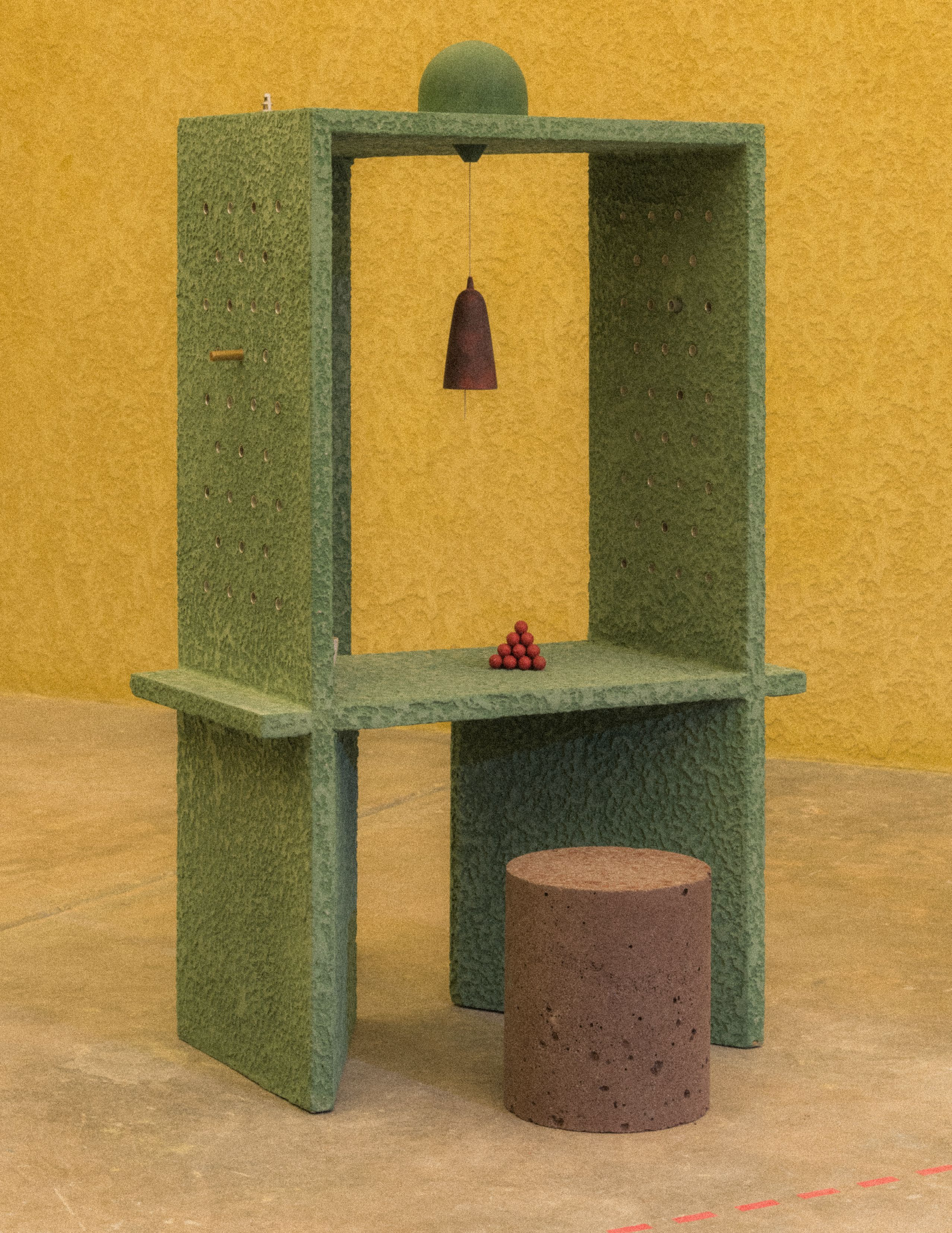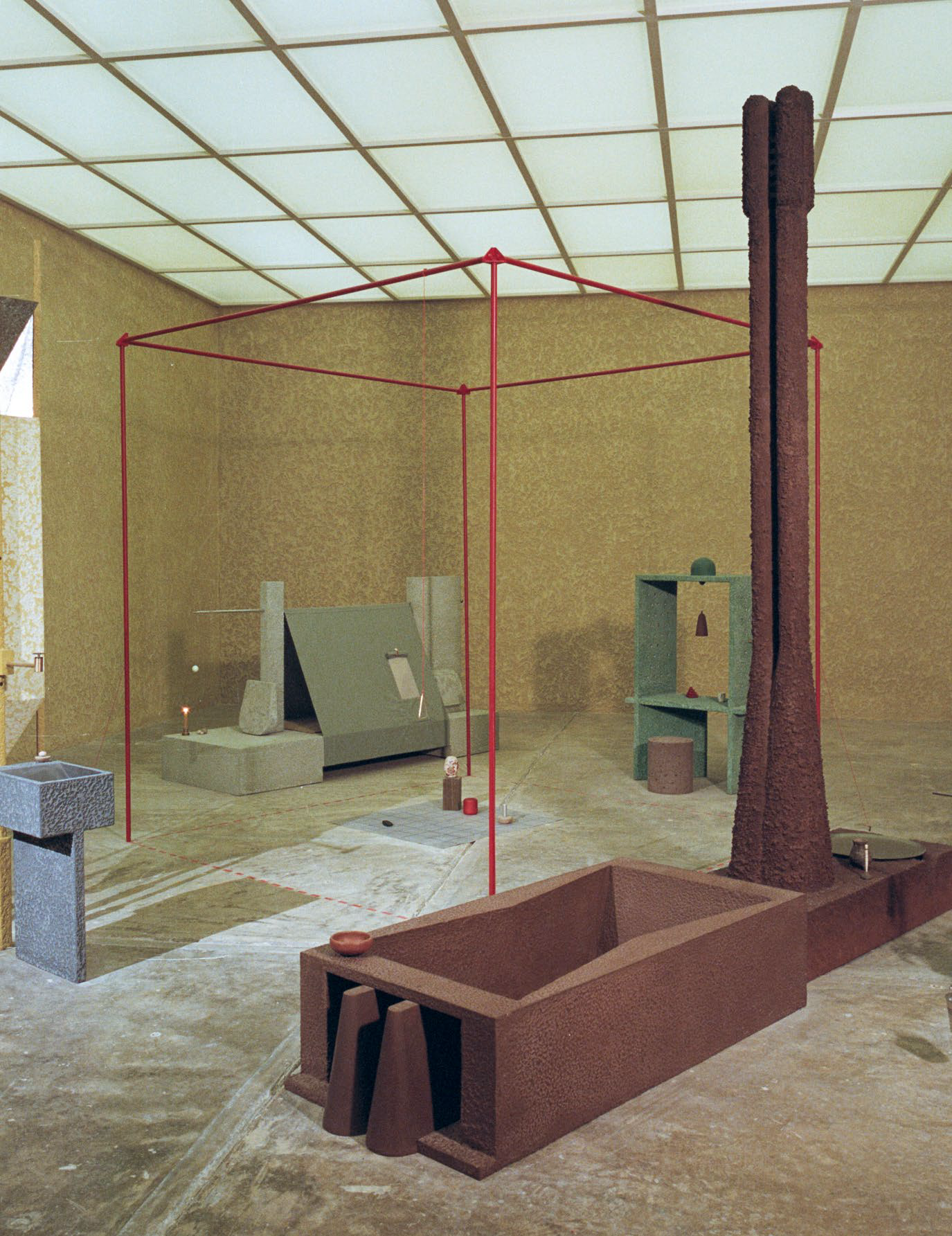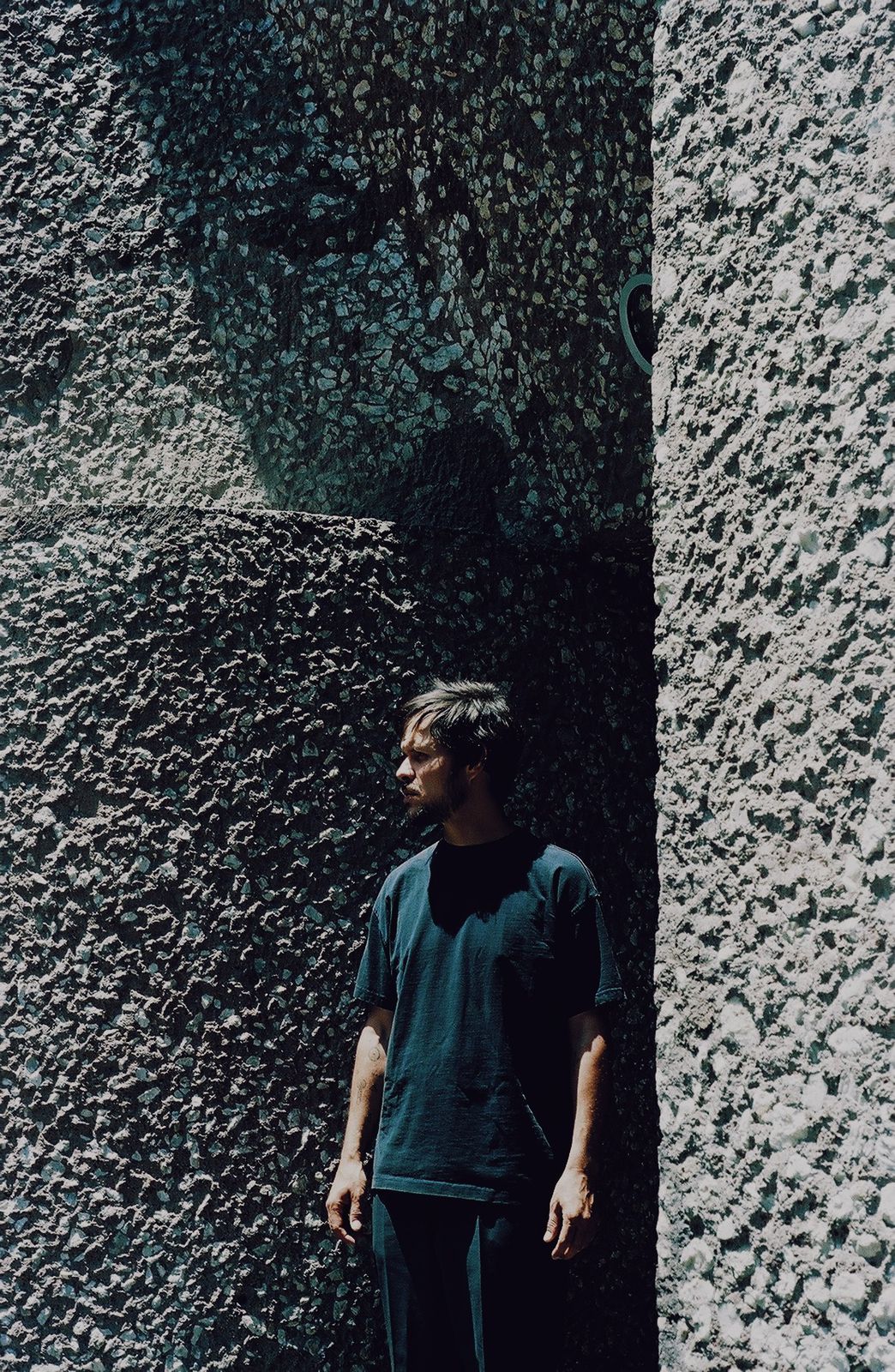Lucas Cantú

ARTIST’S PROFILE
Lucas Cantú (b. 1982, Monterrey). Lives and works in Mexico City. Trained as an architect, he uses sculpture, installation and experimental architecture to develop projects that are firmly grounded in expansive material exploration and construction processes. Through his works, Cantú conducts research into his self-developed concept Sinseñalismo (life without signal), questioning the interrelation between human experience and the outdoors. These projects arise from a formal and personal language through which Cantú generates utopian and dystopian scenarios.
Cantú was a tutor at the AA Beton Machine satellite school. The program took place at Edward James’ surrealist garden in Las Pozas, Xilitla S.P., and served as a platform to investigate the empirical techniques of concrete, as well as to draw connections between the site and the layered history of monumental sculpture in Mexico. Cantú, together with Matos Carlos H. Matos, formed Tezontle in 2016, a collaborative project which produces research-lead work based on an array of aesthetic and historical references. With intensive material experimentation, they have constructed a distinct imagery which refers to a bucolic utopia, at once modernist, pre-Hispanic and primitive.
Through his solo practice, Cantú has participated in several exhibitions and projects such as A Stubborn and a Hermit Walk Into a Bar, Casa Nancarrow; Mexico City, MX; Tea Ahorita at Studio IMA, Mexico City, MX; Retrato de un Artista, PEANA, Mexico City, MX; and Por debajo del árbol, PRAXIS, Mexico City, MX. His works as part of Tezontle have been exhibited in solo and group exhibitions in places such as Friedman Benda in New York, US; Museo MARCO in Monterrey, MX; LIGA in Mexico City, MX; Museo Tamayo in Mexico City, MX; Kasmin Gallery, New York, NY and Richart Neutra’s VDL House in Los Angeles, CA. Public works include ‘Tenaza’ a monumental sculpture commissioned by the XIII Havana Biennial in Havana, CU
Read about Lucas’s residency project below…
During his residency at La Moissie, Lucas Cantú will likely continue his research into the relationship between human experience and the outdoors through his concept of Sinseñalismo (life without signal). Drawing from his background in architecture, sculpture, and experimental construction, Lucas may use the surrounding landscape and natural materials to develop site-specific works or speculative structures—exploring themes of utopia, solitude, and the boundaries between built form and nature.
